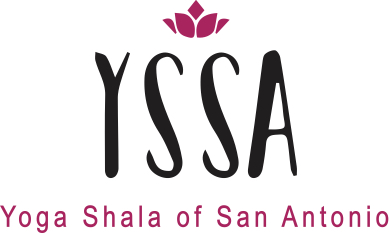

Ashtanga Yoga
The Ashtanga Yoga system is a lineage that dates back nearly five thousand years in an unbroken line of teachers (parampara), sages and gurus that has reached millions of practitioners. From Krishnamacharya that began spreading the practice of yoga in the early 1900's continuing the lineage of these teachings in Mysore, India and all around the world. It is now continued and honored by R. Sharath Jois and every Ashtanga teacher and practitioner today.
The Practice
Ashtanga yoga is a systematic system of breath and movement that has been thoughtfully designed. Postures vary in difficulty and benefit. In led classes every movement is counted in Sanskrit (the traditional language). It is essential to follow the order of postures (asanas) meticulously as each individual asana builds on the previous one and prepares practitioners for the next. We are doing a posture to understand the healthy functioning of internal organs, our central nervous system and unconscious state. In Ashtanga Yoga the movement is always synchronized with the breath, known as Vinyasa. There are three groups of sequences: The Primary Series which cleanses and tunes the physical body, The Intermediate Series which purifies the nervous system and the Advanced Series’ which cultivates strength and grace. We mainly focus on the Primary series which is a very complete group of postures for all levels. The practitioner develops concentration, strength, flexibility and stamina resulting in a clear mind, open heart and strong but light body.
The Breath
Breathing is our most fundamental and vital act and holds a divine essence. The correct way of breathing during practice is inhaling and exhaling only through the nose engaging the throat. Sharathji explains it as free breathing with sound. With the breath we can regulate and control our nervous system. Ashtanga practice is a breathing practice … the rest is just bending.Tristana
Tristana are the three places of attention in Ashtanga Yoga: Posture (Asana) including the correct engagement of the body locks or bandhas ( (Moolabandha, Udiyanabandha and jalandarabandha), breath and point of focus (drishti).Ashtanga and all Yoga is based on Patanjali's (the author of the Yoga Sutras) eight limb system. The literary meaning of Ashtanga is eight limbs and they are:
- Yamas (ethical disclipline): ahimsa (non-violence), satya (thruthfulness), asteya (non-stealing), brahmacharya (moderation), aparigraha (detachment).
- Niyamas (observation & purification):sauca (cleanliness, purity), santosha (contentment), tapah (austerity), svadhyaya (study towards self knowledge), ishwara-pranidhana (surrender to God/higher self).
- Asana (postures)
- Pranayama (breath control)
- Pratyahara (sense withdrawal)
- Dharana (concentration)
- Dhyana (meditation)
- Samadhi (consciousness itself)
